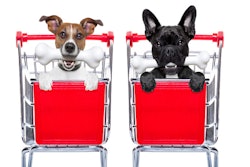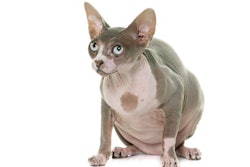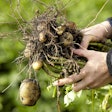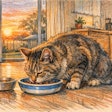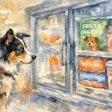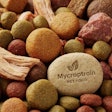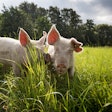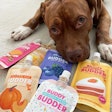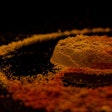The expected color for most dry and canned dog and cat food is brown. Achieving that brown often requires the addition of color additives. One of these is caramel – produced from caramelized sugar.
The judicious use of color additives can help achieve the target appearance when the base ingredients pull it in another direction, such as grey or white. Color additives such as caramel also assist in creating consistent product appearance from one production run to the next.
Approximately 6.5 percent of dry dog food and canned cat food recipes in the Ingredient Center database list caramel or caramel coloring on their ingredient deck. The split between listing caramel and caramel color is nearly equal between dry cat and dog food, with 4 percent listing caramel and the remainder caramel color.
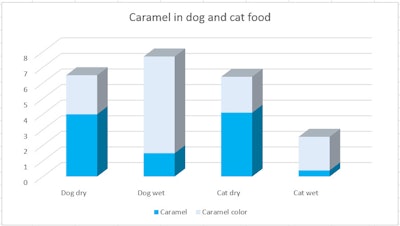
Caramel is used as a colorant in both dog and cat food.
Caramel use is highest in canned dog food, with it being found in 7 percent of recipes. The majority, 6.2 percent, list caramel color on the ingredient deck.
Only 2.6 percent of canned cat food recipes contain some form of caramel, with nearly all listing caramel color.
You can read Dr. Aldrich’s full article on caramel.




